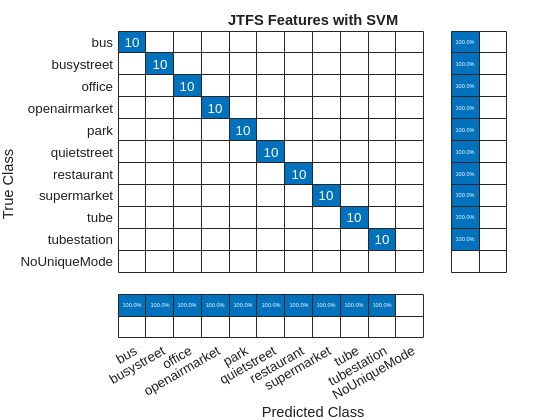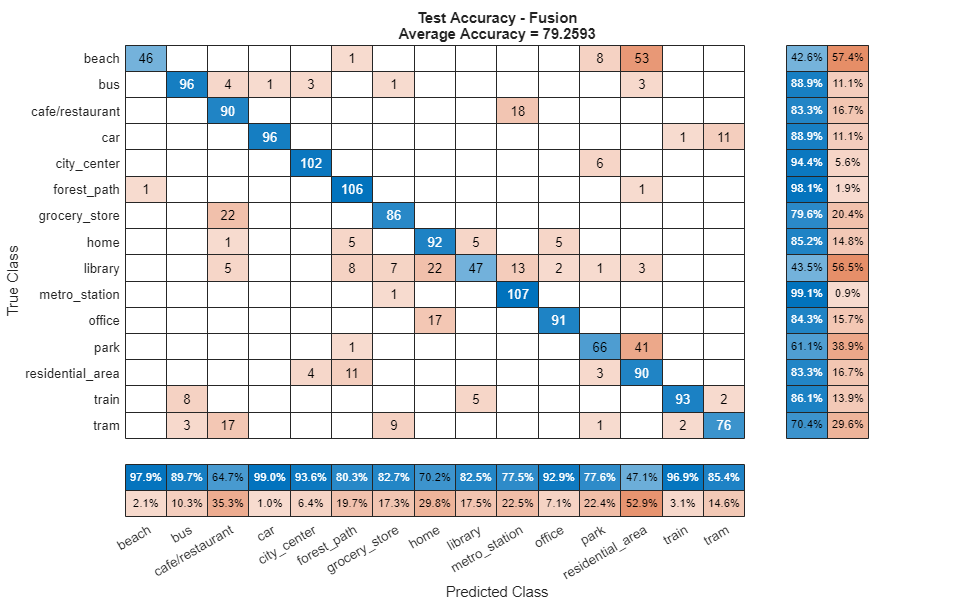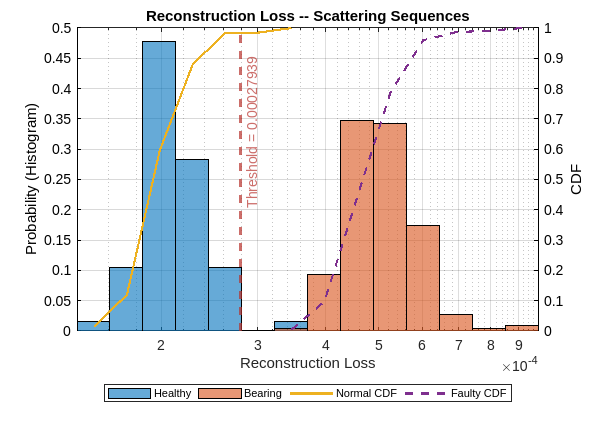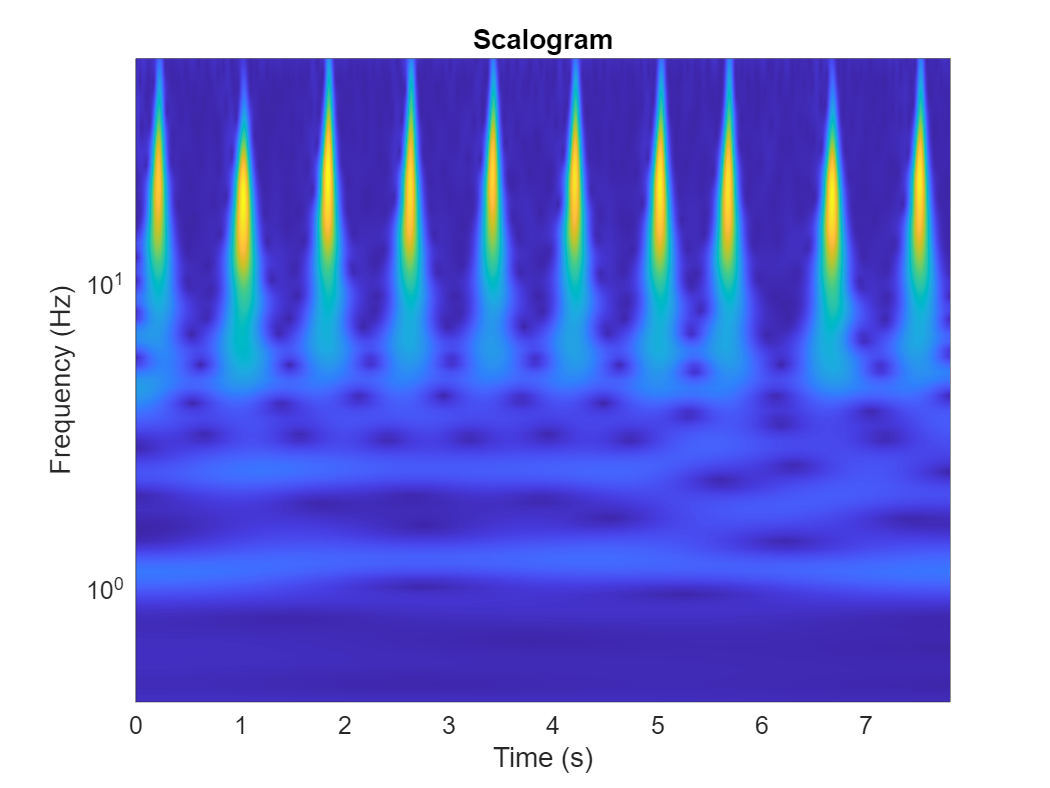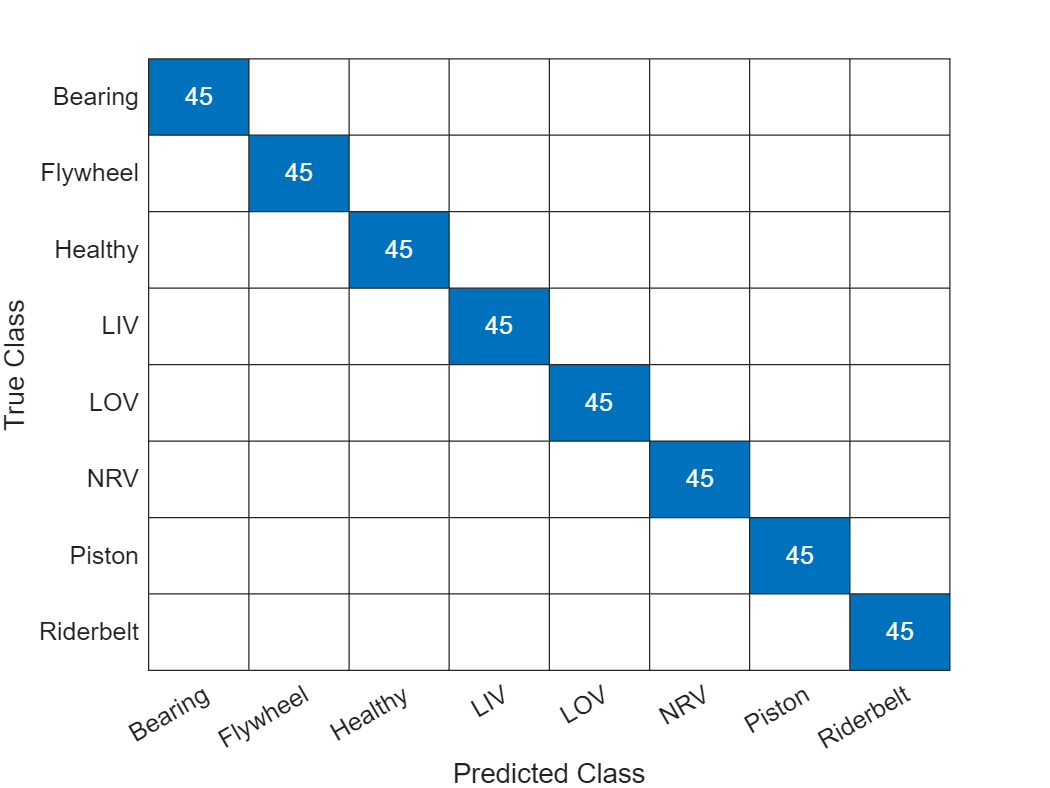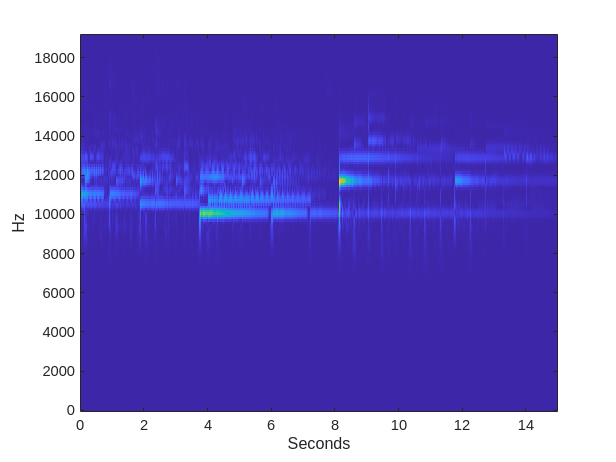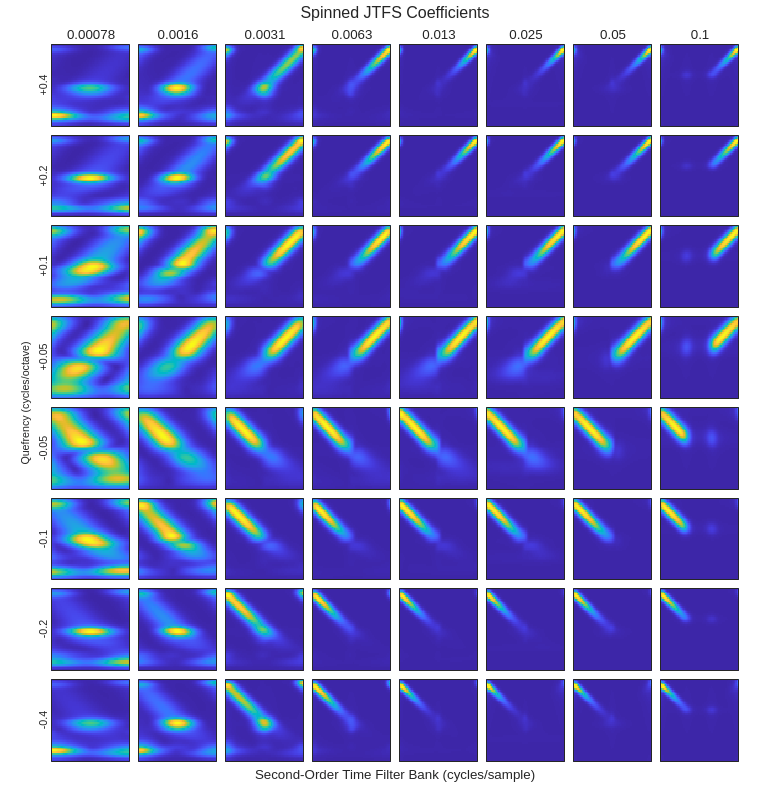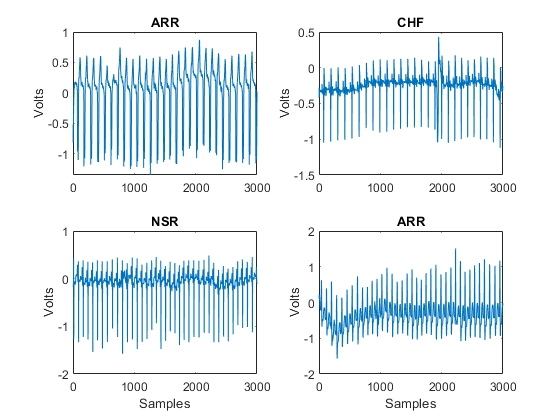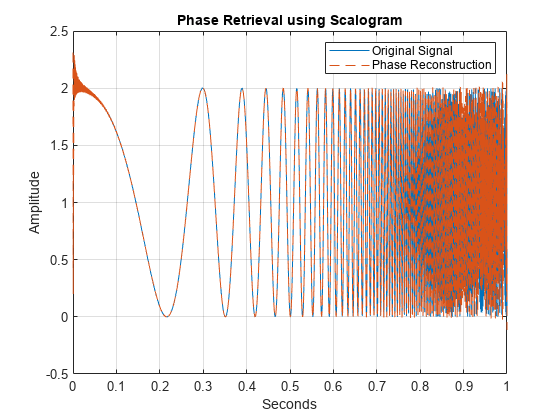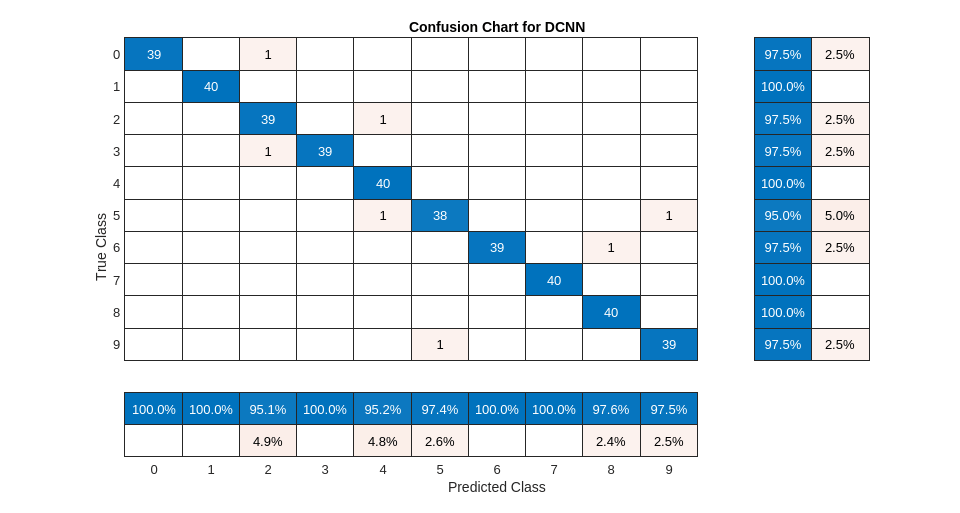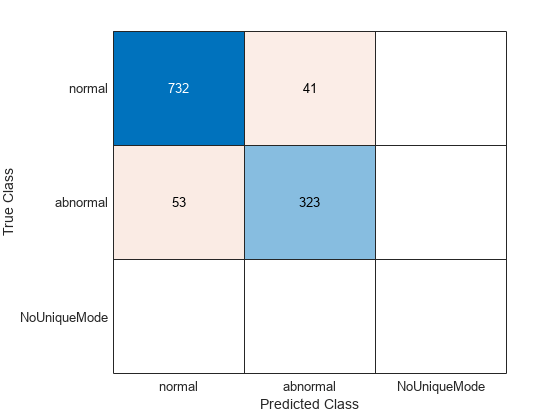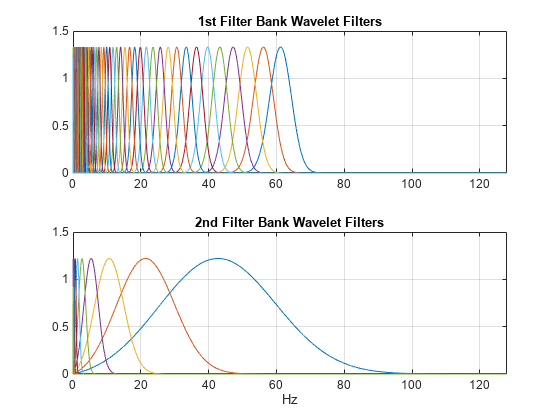Working with Signals
Wavelet time scattering enables you to produce low-variance data representations that are robust against time shifts on a scale you define. Building on wavelet time scattering, you can use joint time-frequency scattering to obtain representations that are also invariant to shifts and deformations in frequency. Both representations minimize differences within a class while preserving discriminability across classes. You can use these representations in AI workflows.
You can use the continuous wavelet transform (CWT) to generate 2-D time-frequency maps of time series data, which can be used with 2-D convolutional networks. Generating time-frequency representations for use in deep CNNs is a powerful approach for signal classification. The ability of the CWT to simultaneously capture steady-state and transient behavior in time series data makes the wavelet-based time-frequency representation particularly robust when paired with deep CNNs. You can also compute the CWT and its inverse within a deep learning network, as well as the maximal overlap discrete wavelet transform (MODWT) and MODWT multiresolution analysis (MRA).
With a Signal Processing Toolbox™ license you can include the short-time Fourier transform
into your machine learning and deep learning workflows. You can also use
Signal Labeler (Signal Processing Toolbox) to label signals for analysis or for use in
machine learning and deep learning applications. Signal
Labeler saves data as labeledSignalSet objects. With an Audio Toolbox™ license you can Import and Play Audio File Data in Signal Labeler (Signal Processing Toolbox).
You can also use melSpectrogram (Audio Toolbox) for feature extraction.
Apps
| Signal Labeler | Label signal attributes, regions, and points of interest, and extract features |
Functions
Topics
- Detect Air Compressor Sounds in Simulink Using Wavelet Scattering (DSP System Toolbox)
Use the Wavelet Scattering block and a pretrained deep learning network to classify audio signals.
- Detect Anomalies in ECG Data Using Wavelet Scattering and LSTM Autoencoder in Simulink (DSP System Toolbox)
Use wavelet scattering and deep learning network to detect anomalies in ECG signals.
- Radar and Communications Waveform Classification Using Deep Learning (Phased Array System Toolbox)
Classify radar and communications waveforms using the Wigner-Ville distribution (WVD) and a deep convolutional neural network (CNN).
- Radar Target Classification Using Machine Learning and Deep Learning (Radar Toolbox)
Classify radar returns using machine and deep learning approaches. (Since R2021a)
